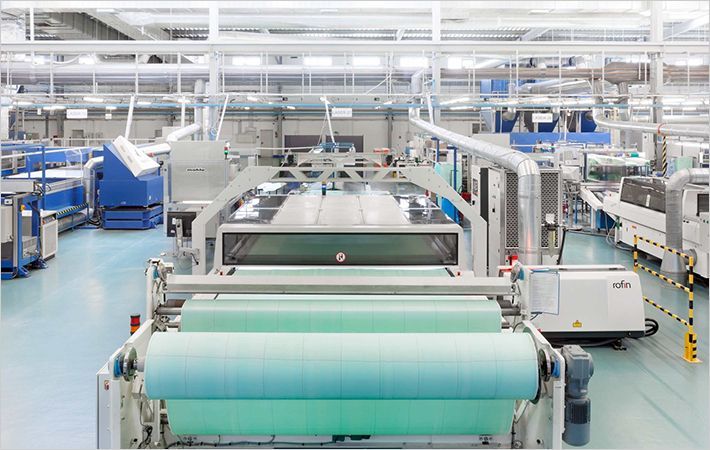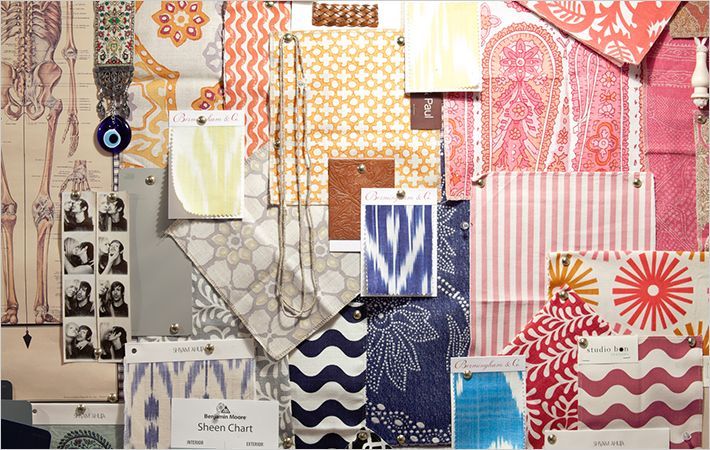Draper Laboratory began work this month on a new spacesuit that could keep NASA astronauts healthy during long-duration space exploration missions and stabilize them while they work in microgravity.
NASA commissioned the work through its NASA Innovative Advanced Concepts (NIAC) program, which funds efforts based on their potential to enhance future space missions.Draper Laboratory began work this month on a new spacesuit that could keep NASA astronauts healthy during long-duration space exploration missions and stabilize them while they work in #
The suit aims to stabilize astronauts and allow them to operate far more efficiently during space missions by adding resistance similar to the force of gravity on Earth. During so would help astronauts acclimate to space and avoid body movement coordination-related mistakes in microgravity or other gravitational environments that can make their work more cumbersome.
The suit will use an intertial measurement unit and flywheel gyroscopes to raise or lower resistance during body movements, or stabilize and assist astronauts while working inside or outside a spacecraft, as well as on a planet or asteroid.
“This spacesuit concept will provide a platform for integrating sensors and actuators with daily activities to maintain and improve astronaut health and performance,” said Kevin Duda, a senior member of the technical staff in Draper's Human Centered Engineering Group, and the principal investigator for the spacesuit project.
In addition to stabilizing astronauts in space, the suit could also be used to help reacclimate them to the feel of gravity upon return to Earth or other planetary destination. Outside of space, the suit could be adapted for uses including medical rehabilitation to assist in rehabilitation and physical therapy for individuals affected by stroke, spinal cord and brain injuries, as well as the elderly population, as they relearn the proper way to execute common movements by introducing strong resistence when they do not take the proper path.
Over the course of the next year, Draper will develop an early stage Earth-based prototype to demonstrate the capability on a human arm. With continued funding, this capability could be ready for use as a feature in astronaut spacesuits in five to 10 years.
Draper is partnering on the project with Jacob Bloomberg, a senior research scientist at NASA's Johnson Space Center, Professor Dava Newman, director of the technology and policy program at the Massachusetts Institute of Technology's Department Aeronautics and Astronautics, and Charles Oman, a senior researcher in the MIT Aero Astro department.
Draper Laboratory

